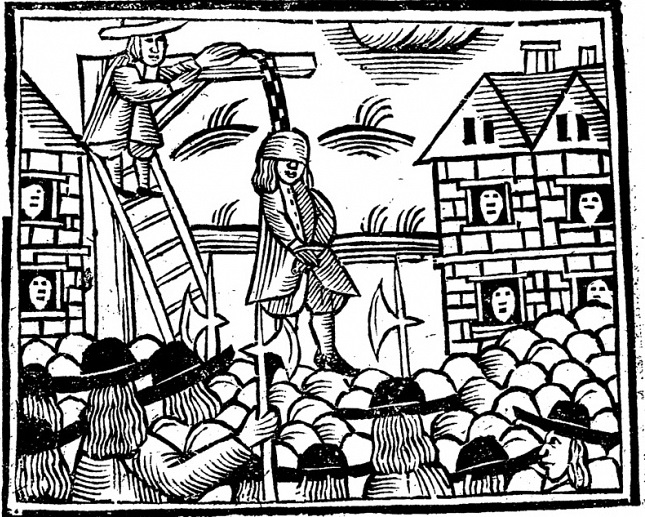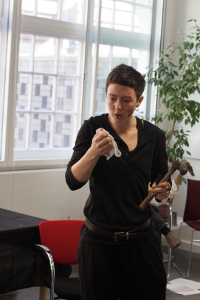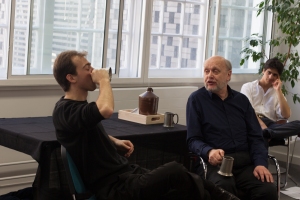I’m very excited about the read-through tomorrow; the actor’s ‘parts’ are now printed, although the majority don’t yet know which parts they will receive, and I’m just preparing the prompt copy, to ensure it has all musical cues and props, so that I can keep an eye on the action from my offstage position as ‘Book Holder’. Tomorrow, the actors will meet me to work on using cue-scripts from 2.30pm, and then the parts will be handed out at 5pm, at which point our intensive rehearsal fortnight will officially begin…
I’ll post the cast list this weekend; I’m so excited to announce the fantastic actors we have working with us. Many of them have worked together before, which I hope will create an instant company rapport, but I’ve also tried to mix up the casting, so that everyone gets the chance to appear in a scene with someone new. It’s hard to predict how the read-through will unfold, but when I sat in on a read-through led by Philip Bird at the Globe, with a group of MA Acting students from the University of Exeter, I was struck by how much cue-scripts transform the process. At a usual read-through, everyone’s heads are down as they scan the script for their next appearance and concentrate on how they’ll deliver their next line, safe in the knowledge that they know when they’ll have to speak. In contrast, at a cue-script read-through, everyone is listening very hard indeed to everyone else, unsure when their next line might come. It transforms a reading into a conversation.
There will be one tool to make things a little easier: the ‘platt’, essentially a plot that provides a ‘map’ of the play for the actors, giving scene numbers, entrances and exits, and any fights or deaths. The amazing Henslowe-Alleyn Digitization Project, which has digitised the manuscripts belonging to the theatre impresario and the famous actor, has posted a surviving example here: http://www.henslowe-alleyn.org.uk/essays/plot.html (thanks to actor Mike Waters for drawing this to my attention). All actors will have a copy of the platt, so they can follow where they are in the play’s trajectory.
So all is (almost) ready for tomorrow, when the rehearsal period finally begins! At the moment, there’s just one small problem – I seem to have lost my voice… This would be catastrophic for a modern director, but it may prove to be a blessing in disguise: as Book Holder, I mustn’t ‘direct’ in a modern sense, but simply ensure actors follow the script, and assist them if they get lost. If I’m forced to speak at only a whisper, I should be discouraged from giving ‘helpful’ interpretations of suggestions that may disrupt the actors’ explorations of their parts; I’ll be forced to take a back-seat, as last resort rather than guide. The great thing about cue-scripts is that they allow the actors to take the lead.
I’ll post about the read-through itself over the weekend; expect photos, videos, and regular updates as rehearsal fortnight unfolds!











